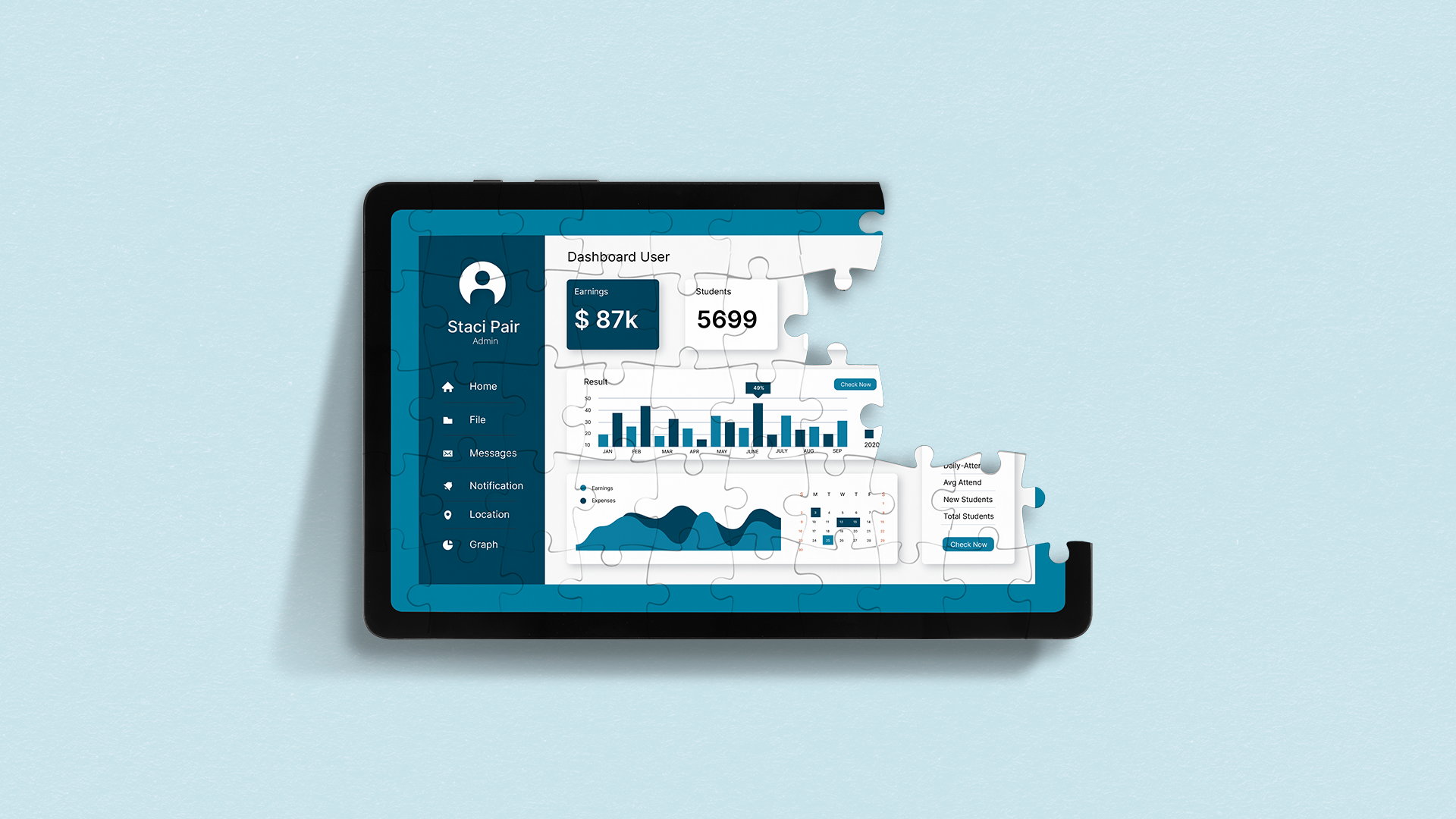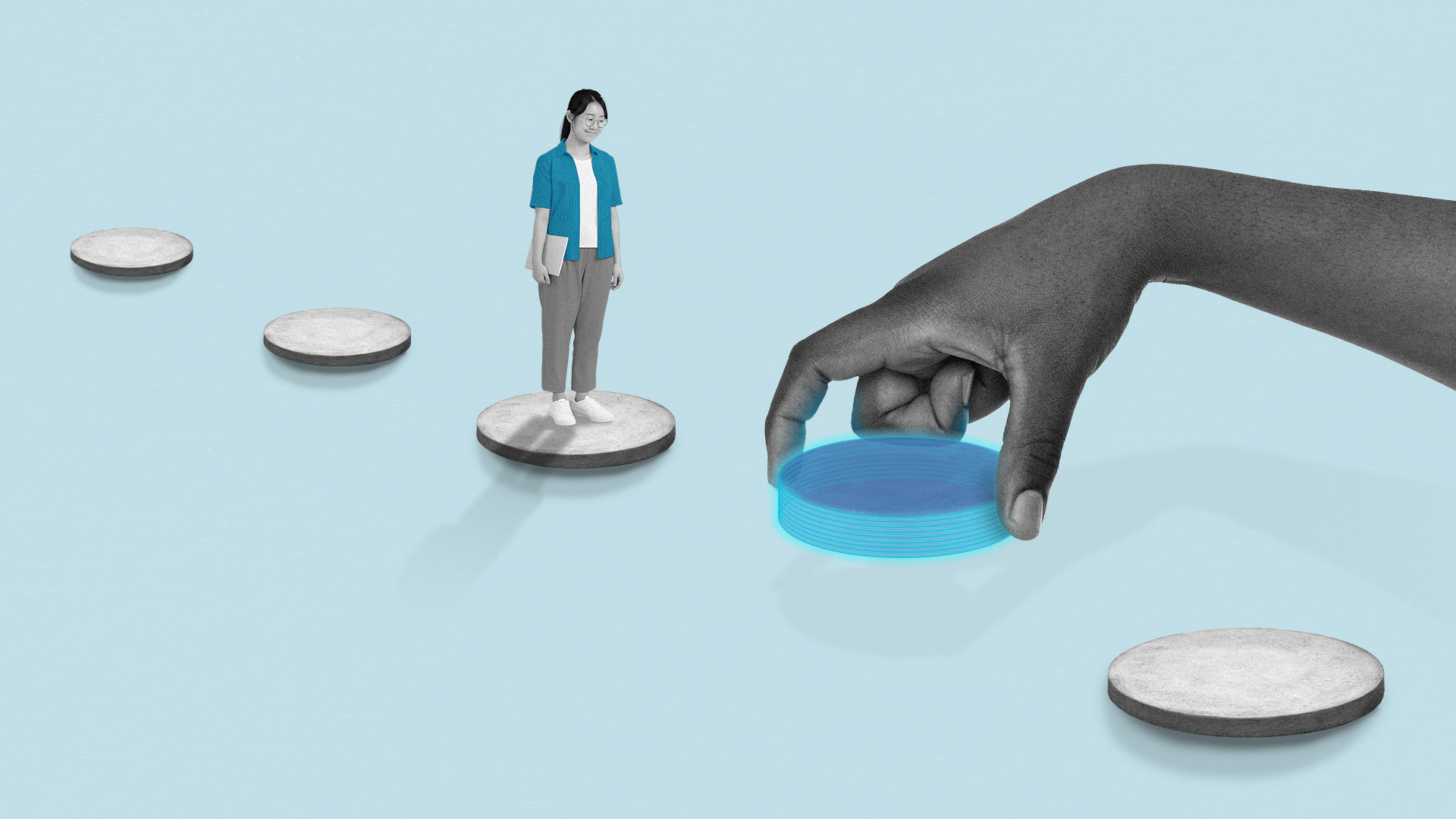As more students look for direct, affordable routes from high school to good jobs—or to bachelor’s programs—community colleges have an opportunity to design pathways that prepare learners for either route—without forcing them to choose too early between employment and further education. Programs that align with both industry needs and academic standards enable community colleges to remain leaders of accessible education.
The Curriculum Challenge: Meeting the Needs of Both Employers and Universities
Community colleges have long served as a bridge between education and the workforce. Originally designed as a stepping stone to four-year institutions, they evolved during the 20th century into hubs for career training, especially during periods of economic upheaval. Today, they offer a wide range of fast, flexible credentials alongside traditional academic transfer programs.
That dual role, however, creates a persistent tension: How can colleges develop programs that prepare students for a job and support their long-term academic goals?
How Colleges can Collaborate with Employers
Forward-thinking employers increasingly recognize the value of collaborating with colleges to shape programs and validate in-demand skills. But they also face real challenges in becoming active partners. Here are a few examples of effective collaboration:
1. Co-Design Curriculum to Meet Workforce Needs
Employers have a front-row seat to changing workforce demands. By working directly with employers, Community colleges can embed essential technical and soft skills into course design—ensuring relevance for both immediate employment and future study. Employer-specific training can also enable learners link their education to specific career paths.
2. Embed Hands-On Experience into Program
Embedding Internships and apprenticeships into program design expose students to real-world settings early. These experiences also provide employers with an opportunity to assess student in the context of skillset and fit. According to NACE, 56% of interns receive job offers after graduation, making work-integrated learning a win-win.
3. Better Onboarding for New Employees
Entry-level employees often need more than just company orientation—they need training in communication, collaboration, and problem-solving. Colleges can work with employers to develop onboarding programs that focus on both technical and soft skills to ease the transition into the workplace.
4. Creating a Culture of Learning
85% of employers participating in The Future of Jobs Report 2025 by World Economic Forum plan to prioritize upskilling their workforce by 2030. As new technologies accelerate the pace of change and the evolution of skills, colleges can partner with corporations to create an enterprise culture of learning.
5. Mentorship and Career Support
Gallup reports that new hires with mentors are 33% more engaged. Industry mentorship programs help students transition more smoothly from campus to career and offer companies an opportunity to provide professional development for high-potential employees.
What Colleges Need to Do Differently
Students now expect more from community colleges: clear career pathways, flexible course delivery, and strong academic and career support. Institutions must adapt to meet these demands while maintaining academic integrity.
1. Focus on Career Outcomes
The pandemic accelerated a shift toward short-term, marketable credentials. Students are prioritizing speed, value, and job alignment. Colleges must respond with programs that lead directly to employment—and clearly show how those programs ladder up to advanced degrees. Showing tight linkage between skills, credentials, and in-demand roles can also help institutions qualify for new Workforce Pell funding, which supports learners in short-term, workforce-aligned programs.
2. Break Down Silos that Impede Collaboration
Siloed departments and decision-making structures slow progress. Colleges must foster better internal collaboration to deliver seamless learner experiences, more dynamic content, and more agile program development.
3. Strengthen Support Services
Academic advising, career coaching, and employer exposure are just as critical as mental health services. Students need guidance to mix credit and non-credit courses, understand credential options, and navigate their next steps. AI can be leveraged to augment live support – creating personalized pathways for students, proactively supporting learners who show signs of falling behind, and flagging students that might need immediate intervention.
4. Stay Current with Industry Needs
Employers often identify skills gaps before institutions do. Regular feedback loops—through advisory boards, alumni surveys, and labor market data—ensure programs stay relevant.
5. Leverage Data to Define Personalized Pathways
Mapping courses to skills and skills to careers in partnership with employers can make it easier for students to understand what courses support their goals. This can be further enhanced with labor market data to clearly identify where upskilling and reskilling might be needed to ensure a consistent talent pipeline to high-demand careers.
The Future: Dual Pathways, Shared Responsibility
Community colleges have always bridged education and opportunity. But today’s economy requires a more deliberate blending of theory and practice. For this model to work, both sides must commit: employers must engage in shaping curricula, and colleges must deliver flexible, responsive pathways that lead to meaningful outcomes.
By working together, higher ed and industry can ensure that learners don’t have to choose between employability and advancement—they can have both.
Build Pathways That Work—For Students and Employers
Today’s learners shouldn’t have to choose between getting a job and earning a degree. Stackable, workforce-aligned credentials let them do both—while giving institutions a smarter, more adaptable way to meet evolving industry needs. With the right design, your certificate programs can serve as stepping stones and springboards, fueling transfer success and workforce readiness alike. Noodle’s learning design experts can help your institution map these pathways and earn its Scaling Stackable Credentials badge.
Let’s Talk.


